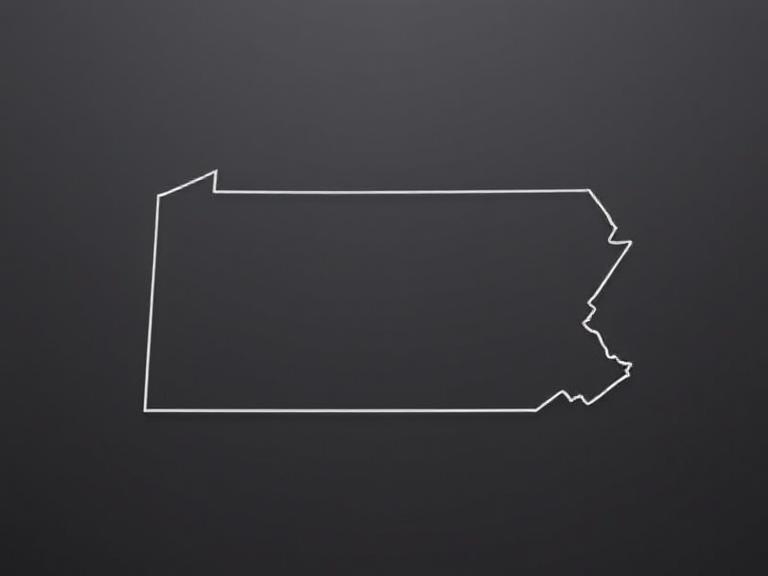Pennsylvania Dutch is a unique language that’s a blend of several other languages. Pennsylvania Dutch is spoken in areas of The United States and Canada.
The Pennsylvania Dutch language goes by a variety of names—depending on who you ask.
- Deitsh (used by most native speakers)
- Pennsylvania Dutch (preferred by native speakers over Pennsylvania German)
- Pennsylvania German (the official name; used by companies and organizations)
- Other unofficial names for the language include:
- PA Dutch
- PA German
- Penn German
- Abbreviated for language codes or labels as:
- PDC (international language code)
- XPA
- PG (less common)
💡 Since many native speakers do not have a need to name their own language, the easiest way to find out if someone speaks Pennsylvania Dutch is to ask them: Kansht du Deitsh? (Can you speak Deitsh?)
How would you describe the Pennsylvania Dutch language?
Pennsylvania Dutch is closest to German (European German; also known as High German). It is sort of a casual version of German. In fact, there are certain German dialects still spoken in Germany that are very similar to Pennsylvania Dutch.
But Pennsylvania Dutch also mixes in (Netherlands) Dutch, and over time, has borrowed a lot of English words.
Note: Pennsylvania Dutch / Pennsylvania German is not the same language as Low German. While there are some Low German speakers in the US and Canada, Low German is also spoken in Mexico and South America and borrows words from Spanish. However, speakers of the two languages do share a lot of cultural similarities.
Sentence structure of Pennsylvania German is also different than some other languages. But that’s for another article.
Old Ways and Simple Sentences
Because of the culture, many of the ways of expressing thoughts and choice of words are very set in the past. Many Pennsylvania Dutch words and phrases are similar to how English speakers spoke back in the 1800’s and early 1900’s.
Also, partly due to the culture and how long many Deitsh children attend school, sentences are very simple and direct. Deitsh doesn’t tend to use as many adjectives and descriptive words as English does. Instead, there are more action words (verbs) used.
How do Natives Learn the Language?
Native Deitsh speakers learned the same way you learned the language you speak natively—at home from the family as they heard conversations.
It is not until they start to attend school that Deitsh children begin learning English.
Until recently, Pennsylvania Dutch / Pennsylvania German was just a spoken language. Just the last 10-20 years, an effort has been made to put the language into written form. Most native speakers do not know how to read Pennsylvania Dutch. But since words are spelled how they sound, it’s easy for them to learn in a short time—often in a minute or two.
Is Pennsylvania Dutch the same as Amish or Mennonite?
No. But there is some overlap.
- Pennsylvania Dutch / Deitsh is the language
- Amish and Mennonite are religions
- Pennsylvania Dutch is spoken by many Amish and Mennonites.
- But not all Amish and Mennonites speak the Pennsylvania Dutch language.
- Not all who speak Pennsylvania Dutch are Amish or Mennonite.
- Deitsh can refer to the language, but can also include the background of a person who grew up speaking the language or living in a family who spoke it.
- You can use the terms Deitshah (singular) or Deitshi-leit (plural) to refer to Pennsylvania Dutch speakers without referring to their religion or beliefs.
Pennsylvania Dutch is a unique language. Hopefully this has helped clear up some confusion about what it is and what it is not.
Learn More Deitsh Words
Find more Pennsylvania Dutch words on The Words List.
